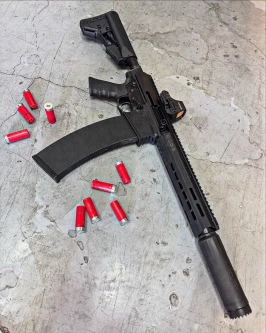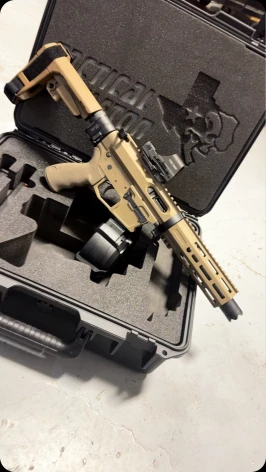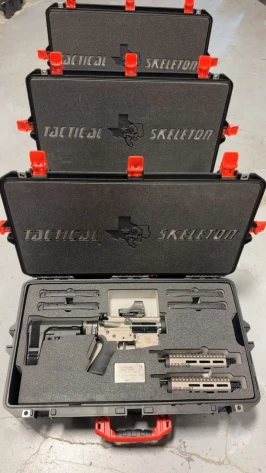When it comes to shooting in low light or dark conditions, there are two primary technologies that shooters can turn to: night vision and thermal imaging. Both technologies can be used in rifle scopes to provide the shooter with enhanced visibility, but they work in different ways and have distinct advantages and limitations. In this article, we will discuss the differences between night vision and thermal rifle scopes to help you choose the technology that's right for you.
Night Vision Scopes
Night vision scopes use image intensification technology to amplify ambient light and make objects visible in the dark. They work by gathering available light through the objective lens and then amplifying it through an image intensifier tube. The amplified light is then projected onto a phosphor screen, which creates a visible image that is viewed through the eyepiece.
There are two main types of night vision scopes: generation 1 and generation 2. Generation 1 is the most basic and affordable type, and it provides limited visibility in low light conditions. Generation 2 night vision scopes are more advanced and use a microchannel plate to amplify light, providing a brighter and clearer image.
Night vision scopes have some limitations, including their reliance on ambient light, which means they do not work in complete darkness. They can also be affected by bright light sources, such as headlights or streetlights. Additionally, their range is limited, typically to a few hundred yards, making them less effective at longer distances.
Thermal Scopes
Thermal scopes use a different technology that is based on the detection of heat. They work by detecting the infrared radiation that is emitted by warm objects, and they can create an image based on the temperature differences between objects in the environment. The image is viewed through the eyepiece, and warmer objects appear as brighter and cooler objects appear as darker.
One of the advantages of thermal scopes is that they work in complete darkness, as they do not rely on ambient light. They are also not affected by bright light sources, making them ideal for use in urban environments or near sources of artificial light. They can detect heat signatures at much longer ranges than night vision scopes, making them well-suited for long-range shooting.
However, thermal scopes are typically more expensive than night vision scopes, and they do not provide as much detail in the image. They can also be affected by atmospheric conditions, such as rain or fog, which can reduce their effectiveness.
Conclusion
When choosing between a night vision and a thermal scope, it's important to consider the specific conditions in which you will be shooting. Night vision scopes are effective in low light conditions but have limitations in complete darkness and at longer ranges. Thermal scopes, on the other hand, work in complete darkness and can detect heat signatures at long ranges, but they are more expensive and do not provide as much detail in the image. Ultimately, the choice between the two technologies will depend on your needs and preferences as a shooter.








